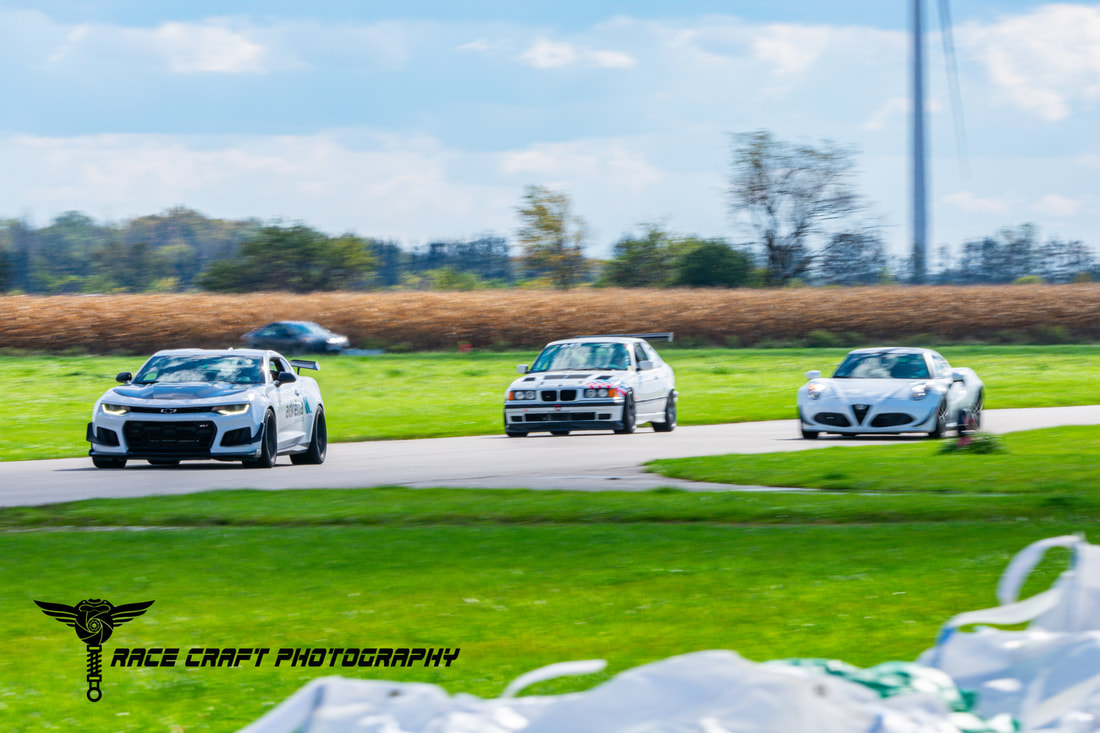It's not as hard as you may think to get started with track days in Ontario. Use this as a starter reference guide.I don't want to write too much as an introduction. I'll just say that these instructions are meant to be as minimalist and introductory as possible. Track days in Ontario are an easy way to get on track in your own personal car, whether it's a race car or not. This list is very cost-effective and is meant to put safety first. Step 1: Grab a helmetThese days, almost all lapping groups require helmets. If a lapping group will allow you on track without even a helmet, ask yourself how seriously they take their safety. It's essential to have a good helmet. In 2022, there are only two grades of helmets that we would really recommend, though more meet our minimum requirements. SA2015 and SA2020 helmets are the minimum specifications of helmets we would ever suggest for most people. These helmets will be transferrable from track day group to track day group, and will meet the minimum requirements of every track and car. It's that simple. You may check out Google and search for SA2015 or SA2020 helmets, and find one that suits your intentions better. Step 2: Tupperware Tub of ToolsThis one's really straight-forward. Bring an extra spare wheel and tire, an extra bottle of brake fluid, an extra jug of coolant and motor oil, a set of wrenches, a torque wrench with impact socket of your lug nut size, some zip ties, and 3/8" drive sockets. Chances are, you won't need them, but it's nice to have. Trust us, having the right tools will make the rare occasion when things don't go well and you have a mechanical malfunction easier. Step 3: prepare the carSeriously, we mean this: you only need fresh oil, higher temperature brake pads, and to give your car a few breaks here and there. The enemy of your car at the track is brake, oil, and coolant temperature. If you want your car to not break down, get the really good engine oil, Hawk HP+ brake pads, Motul RBF600 brake fluid, and so on for example. It doesn't have to be those brands; they're just the brands I've used in my race car previously, so, in that way, you can have a general idea of what you're looking at in terms of price and so on. Optionally, you can put additional oil and transmission coolers, additional brake ducting, grippy tires, and so on, though those things are not necessary. Step 4: Give Your Car an InspectionI like to go over the whole car the weekend before the track day. Look for anything loose. Tighten everything down. Look at tire tread wear and brake pad thickness. If everything looks good, you're all set to pack the car up with the items from steps 1 and 2, and then sign up. Step 5: Register and AttendThe last step is to find a track day group that you think values your safety and the safety of your car. Find the group that's right for you. It might even be us. Our unique-in-Ontario system of having five run groups divided entirely by driver skill makes for a welcoming, friendly, and easy-going start to your adventure. Our blue run group is almost entirely people who are new to track days, just like most of the people reading this list. Almost all track day groups in Ontario will start the day with a driver's meeting, which briefs drivers on the passing rules, conditions, flag rules, and other supplemental rules that you will need to know to stay safe. The best track day groups in Ontario will have at minimum 3 flag marshals for the full day, and an EMS crew (though EMS crews are rarely ever needed). We typically have three or four flag marshals per day at Falcon Autosport events. Our main track, Grand Bend Motorplex, certainly has good sight lines and we think that 3 or 4 flag marshals is the right number. Even when cars haven't crashed and things have been good, these things are still vital for safety. We have seen a few drivers becoming a bit "seasick" from the speeds at other, non-Falcon Autosport events and EMS are always happy to help those drivers and passengers to help retain fluids, as well as keeping an eye on people for symptoms of heat exhaustion and heat stroke, helping to keep things safe. It doesn't hurt to have them. The same goes for flag marshals. The one time a rogue deer, fox, raccoon or dog gets on the track, the extra sets of eyes on the track will help, even if everyone keeps their cars under control. Not to mention, debris, sudden downpours of rain, and whatever else could happen. The bottom line is, you get your money's worth from track days that are well organized. Step 6: Enjoy |
AuthorFalcon Autosport authors are a team of track day organizers and motorsports enthusiasts in general. Drew drives a 2003 Honda Civic EP3 with 17 previous owners and 320,000+ km. Archives
May 2023
Categories |







 RSS Feed
RSS Feed
